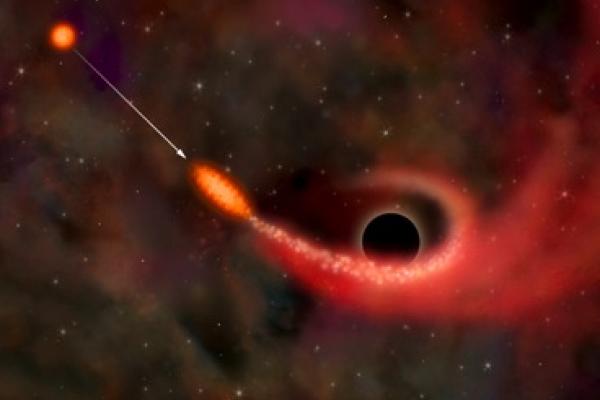
Exploring Supermassive Black Hole Demographics with Time Domain Observations
Suvi Gezari - University of Maryland
We are entering an era of increasingly powerful wide-field optical synoptic surveys that are transforming the study of the variable night sky. I will highlight the capability of time domain observations to study supermassive black holes (SMBHs), and in particular, to study their demographics (mass, spin, binarity). I will present our past results from the Pan-STARRS1 Medium Deep Survey and new results from the Intermediate Palomar Transient Factory that probe SMBHs in the nuclei of galaxies, including dormant SMBHs via the tidal disruption and accretion of a star, binary SMBHs via periodic quasar variability, and active SMBHs caught in the act of turning on. I will conclude with the exciting potential of the upcoming Zwicky Transient Facility and the Large Synoptic Survey Telescope to map the demographics of SMBHs over cosmic time.
Coffee and Donuts served at 2:00pm in 4054 McPherson Lab.
